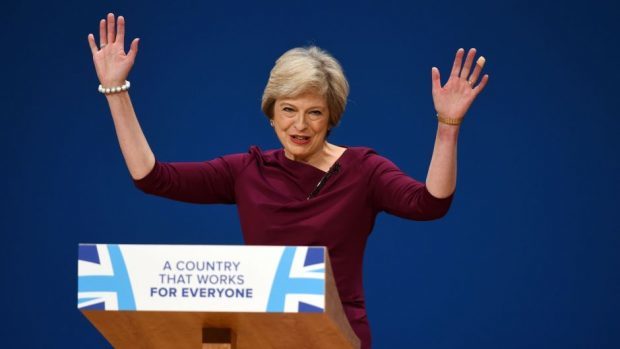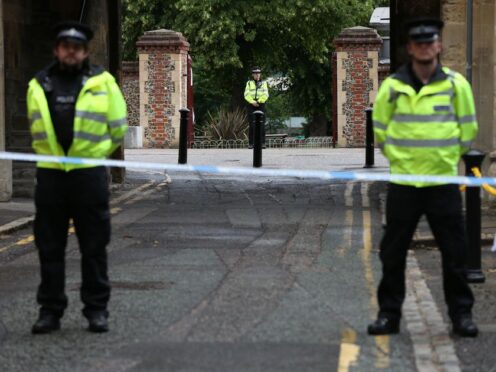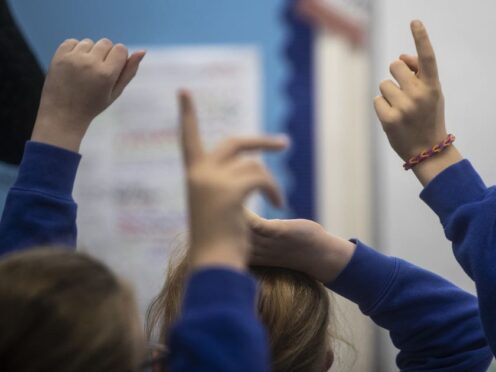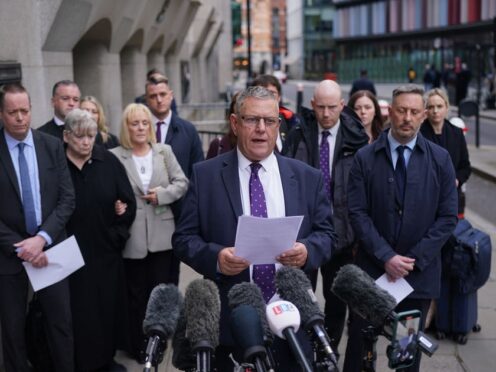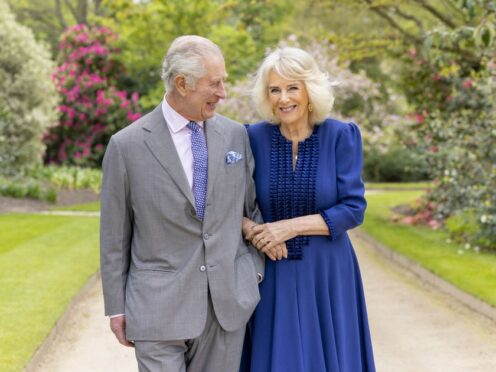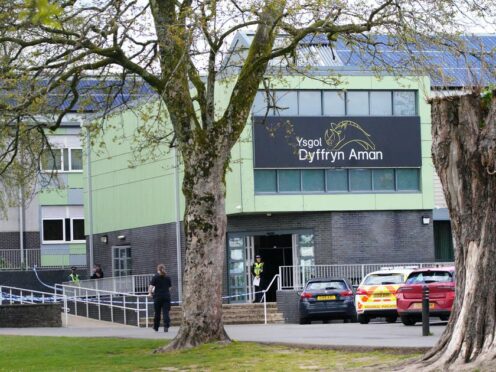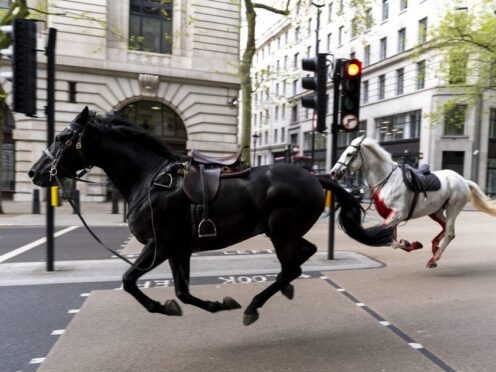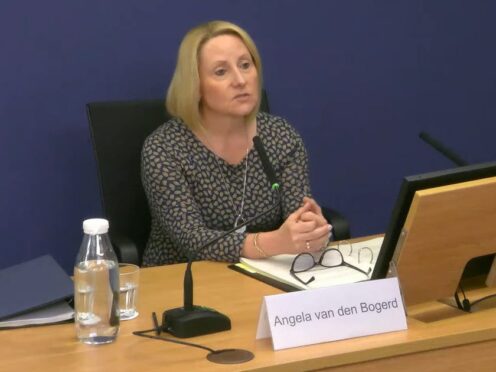Theresa May has set herself up as the leader of the quiet Brexit revolutionaries in a bold pitch to those who voted to leave the EU.
The prime minister, a reluctant Remainer in the referendum campaign, slipped into Ukip’s clothes as she bolstered her hard line on immigration.
Building on her message from earlier in the week, she vowed to “take back control”.
She also reached out to those who are unemployed because of “low-skilled” immigration.
And she praised the “typically British quiet resolve” of those who voted in defiance of the establishment on June 23.
Mrs May’s tone appeared in marked contrast to Ruth Davidson’s plea to remember the people and families behind the numbers.
The Scottish Conservative leader, who introduced the prime minister, acknowledged that debates on how the UK manages its borders in the future would be necessary.
But she added: “Let us not forget that behind discussions of numbers and rules and criteria, there lies people and homes and families.
“And for those who have already chosen to build a life, open a business, make a contribution, I say this is your home, and you are welcome here.”
The final remark will be widely seen as a riposte to International Trade Secretary Liam Fox’s comments that it would be wrong of the prime minister to guarantee the right of EU nationals to stay in the UK up front as it would give away one of her “main cards” in the negotiations.
In a clear breakaway from former prime minister David Cameron and a direct appeal to the working classes, Mrs May repeatedly promised a “change was going to come”, signalling a move to the “new centre ground”.
She described the EU referendum as “the quiet revolution” in which millions “stood up and said they were not prepared to be ignored anymore”.
In her main speech on the final day of the Conservative conference, she said: “The referendum was not just a vote to withdraw from the EU.
“It was about something broader – something that the European Union had come to represent.
“It was about a sense – deep, profound and let’s face it often justified – that many people have today that the world works well for a privileged few, but not for them.
“It was a vote not just to change Britain’s relationship with the European Union, but to call for a change in the way our country works – and the people for whom it works – forever.
“Let’s state one thing loud and clear – we are not leaving the European Union only to give up control of immigration all over again.”
Mrs May said the roots of the revolution ran deep, adding: “Because it wasn’t the wealthy who made the biggest sacrifices after the financial crash, but ordinary, working class families.
“If you’re one of those people who lost their job, who stayed in work but on reduced hours, took a pay cut as household bills rocketed, or – and I know a lot of people don’t like to admit this – someone who finds themselves out of work or on lower wages because of low-skilled immigration, life simply doesn’t seem fair.
“It feels like your dreams have been sacrificed in the service of others.”
The prime minister also used her speech to brand Labour the “nasty party”, a tag often used against the Tories.
She declared the Conservatives were now the party of the working class, pledging plans to ensure workers – as well as consumers – are represented on company boards.
And she warned tax-dodgers, as well as those who advise them: “We’re coming after you.”
Outlining Brexit as an opportunity, she said it was a chance not available to every generation.
She said: “This is our generation’s moment, to write a new future upon the page. Come with me and together let’s seize the day.”
